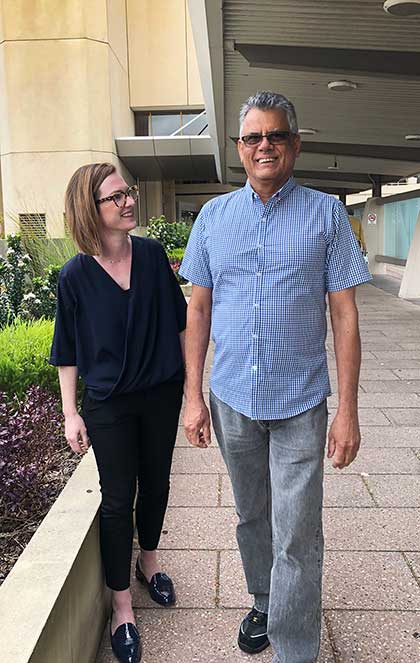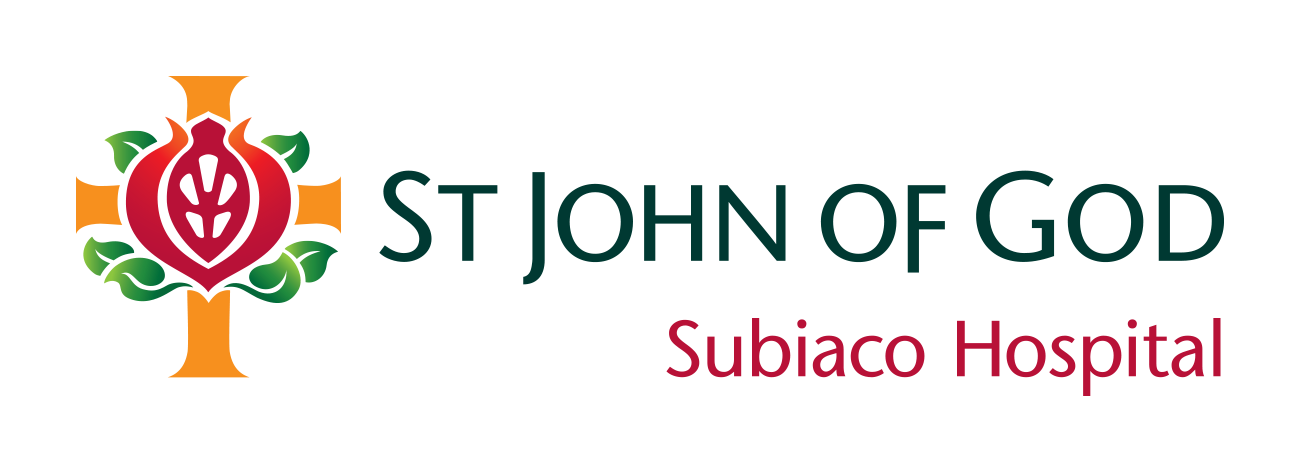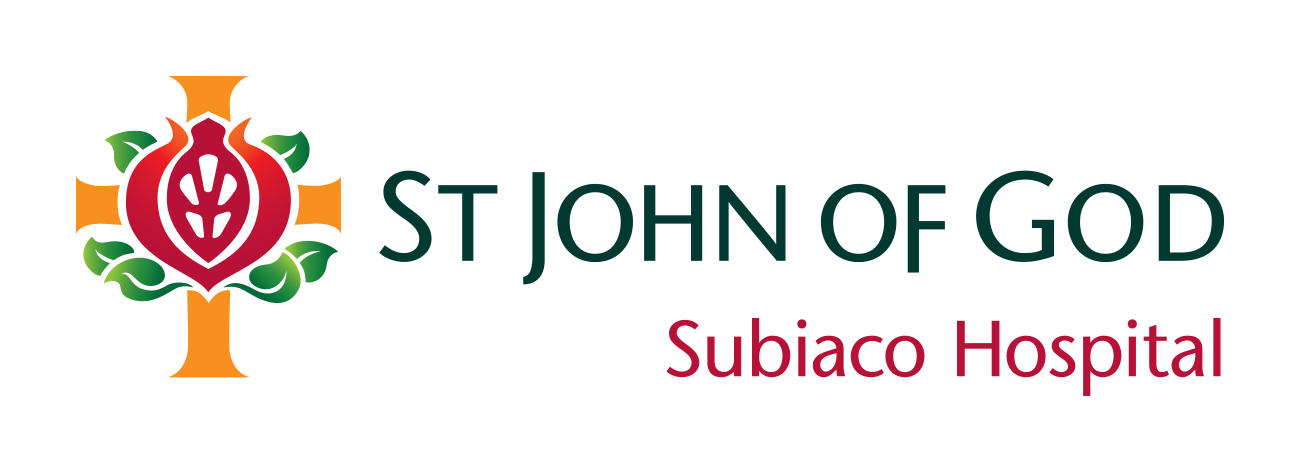A focus on technology drives Subiaco orthopaedic research
A better understanding of the patient benefits when undergoing surgery with new robotic technology is driving orthopaedic research this year at St John of God Subiaco Hospital.
17 Oct 2018
 The hospital currently has 21 studies underway, led by a range of St John of God Subiaco Hospital orthopaedic surgeons, with many of those focused on measuring the reduction in pain and improved range of motion after total knee replacement surgery when completed using robotic technology.
The hospital currently has 21 studies underway, led by a range of St John of God Subiaco Hospital orthopaedic surgeons, with many of those focused on measuring the reduction in pain and improved range of motion after total knee replacement surgery when completed using robotic technology.
St John of God Subiaco Hospital Head of Orthopaedics Mr Peter Campbell said many of the hospital’s orthopaedic surgeons were interested in better understanding the benefits of precision robotic surgery, by enabling them to control their tools to within the millimetre which could reduce soft tissue damage.
“It is almost impossible to recreate this precision manually, and as a result our surgeons are seeing that they are better able to protect the surrounding soft tissue during surgery,” he said.
“The research at St John of God Subiaco Hospital is measuring the impact that has on patients’ pain and range of movement after surgery
“Early results from this orthopaedic research suggests that when surgery is completed with robotic assistance, there is a potential reduction in the time patients’ need to stay in hospital and an improved range of movement which hopefully enables them to get back on their feet sooner.”
In addition to randomised control trials, a number of the hospital’s current studies are creating patient registries which collect a range of data outcomes to use for current research projects as well as for future research projects.
“Registries are particularly powerful for orthopaedic surgeons and researchers as they enable the opportunity to review data captured overtime to help assess the benefits of robotic technology for years to come,” Mr Campbell said.
Michael Abeyakoon underwent two total knee replacements in 2017. His surgery was done on both legs at the same time with the surgeon using robotic technology to assist.
"I only had two days in hospital after surgery and after three months was able to return to work as a chef without any problems," Michael said.
"My pain and range of movement has increased significantly since the surgery and would recommend it to anyone.
"I think it is fantastic that research is being done to see how robotic surgery can assist patients and hopefully this means that more people will have access to this care in the future."
St John of God Subiaco Hospital Chief Executive Officer Professor Shirley Bowen said the hospital’s investment in robotic technology placed it at the cutting edge of providing the most comprehensive orthopaedic surgery options for patients.
“Robotic technology has only recently been extended into the medical field and as with any new technology, the onus is on early adopters to prove its usefulness and effectiveness,” she said.
“Most importantly, these research projects will go a long way to understanding the benefits of robotic assisted surgeries for patient outcomes and to enable us to continue investing in new equipment to provide the latest surgery options for our patients now and in the future.”
Orthopaedic research

